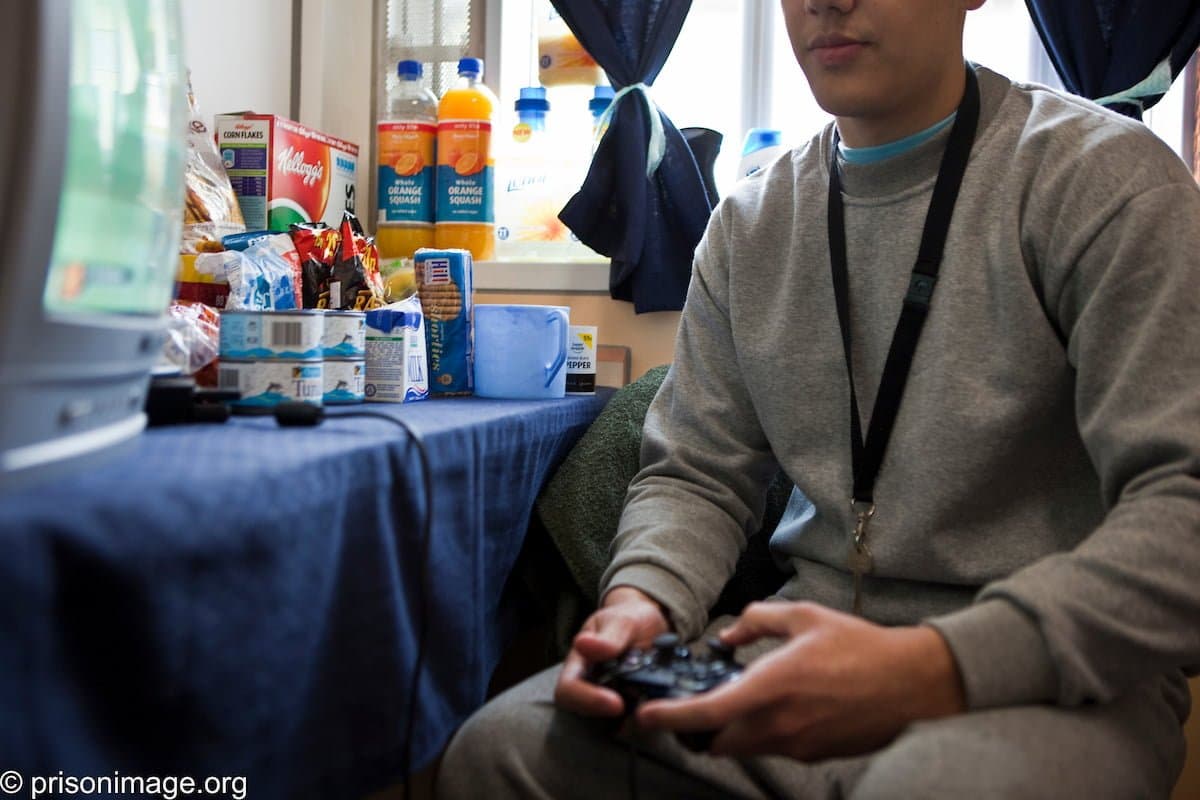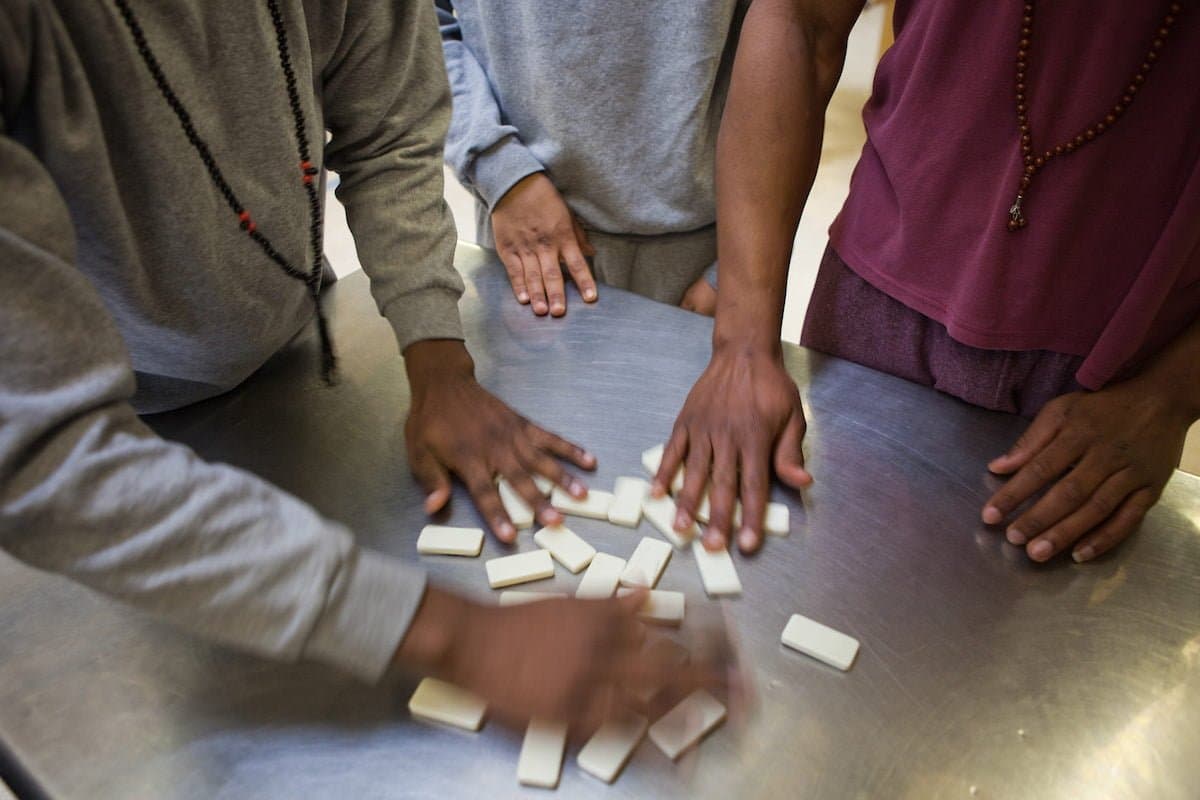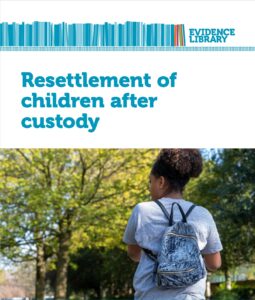More BAME than white children in custody
Last week (11 June 2020), the Standing Committee for Youth Justice published a new report, Ensuring custody is the last resort for children in England and Wales, developed with an expert group of SCYJ members.
The report found that the principle that custody should only ever be used as a last resort for children is enshrined in domestic law and international human rights conventions, but is not currently applied as such.
It also highlighted the worrying trend that as the number of children in custody has declined over the past decade, the over-representation of Black, Asian and Minority Ethnic (BAME) children has worsened to the point that 2019 saw more BAME children in custody than white children for the first time.
Key background facts
- England and Wales has one of the highest rates of child imprisonment compared to similar jurisdictions.
- There was a substantial increase in the use of custody during the 1990s and 2000s, and the number of children in custody reached a peak of 3,200 in October 2002.
- There has since been a welcome and significant decrease in the numbers, falling to an average of around 800 in 2019.
- The number of children in custody in England and Wales decreased by 73% from 2008 – 2019, and the number of children sentenced to custody decreased by 78% between 2008 and 2019.
- As the number of children in custody has declined, the rate of decrease has been slower for Black, Asian and Minority Ethnic (BAME) children than for white children. Disproportionality has therefore worsened, such that 2019 saw more BAME children in custody than white children for the first time.
- Children accused of a crime can be remanded to custody before their trial if bail is refused. Legislation in 2012 aimed to set a higher threshold for custodial remand for children, but the number remanded to custody has increased since 2016, such that almost a third of children in custody are now unsentenced.
- Since 2008 the proportion of children appearing in court who are sentenced to custody has remained roughly the same, at around 6%.
- At ten years old, England and Wales have the lowest age of criminal responsibility in Europe. Children as young as ten in England and Wales can be placed in custody for serious offences, and those as young as 12 for persistent offences.
- It is broadly accepted that the drop in custodial numbers is largely attributable to changes in culture and practice around children in trouble with the law (policing and Youth Offending Team (YOT) practices, diversion and prevention) and decreasing numbers of children appearing in court, rather than to changes in the legal criteria for the use of custody
New criteria to ensure custody is a last resort
While the law states that custody should only be imposed as a last resort and if alternatives cannot be justified, it is not sufficiently prescriptive to make this a reality.
SCYJ considers that, for the detention of children to be used only as a last resort, legislation must preclude the imposition of a custodial sentence unless a strict series of criteria have been met.
Deprivation of liberty should only be available for the most serious crimes. A relatively objective measure of offences regarded by society as the most serious are those that can attract a maximum sentence of life imprisonment. Even in such cases, however, the particular instance of the offence may not warrant a custodial sentence.
Custody will only be a last resort where the child is assessed as posing a serious and continuing risk to the public, and where there is genuinely no way of managing that risk in the community.
The criteria for custody should accordingly also require courts to obtain an assessment of the child, considering their particular circumstances, and a report on arrangements that could be put in place in the community, to determine whether any sentence other than a custodial one would be sufficient to protect the public.
The criteria should be understood as statutory limitations on the use of child imprisonment rather than allowing the use of custody where they pertain.
Even where a case meets the statutory criteria, a presumption against the use of imprisonment should apply unless the court can demonstrate that no viable alternative is available. The criteria can also be understood to preclude the use of mandatory custodial sentencing for children.
SCYJ concludes its report by setting out how any legislation establishing this “principle of last resort” would look.
Given the recent renewed focus on racial disparity across society and in our criminal justice system in particular, it is to be hoped that the government introduces such a measure.
Thanks to Andy Aitchison for kind permission to use the images in this post. You can see Andy’s work here.









